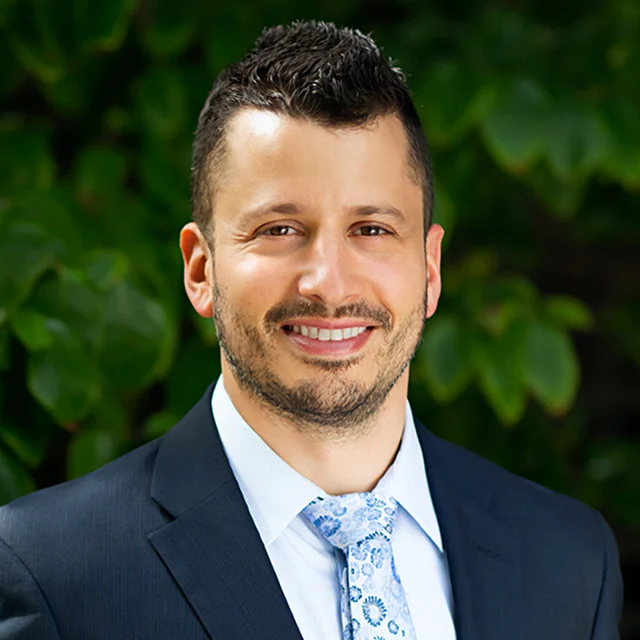
Ezequiel Goldschmidt
Neurological SurgeryDr. Ezequiel (Eze) Goldschmidt is a neurosurgeon at UCSF.
Project Description
Soft base-growing robot for minimally invasive surgeries
Joint project with Ron Fearing
Current surgical tools cannot navigate tortuous anatomical corridors, and as a result, accessing certain locations requires extensive tissue removal, general anesthesia, and a full operating room. They aim to produce a soft, deformable robot capable of visualizing and freely navigating complex anatomical environments while creating a working tool channel that minimally disturbs surrounding tissues. This device has the potential to expand the capabilities of any complex endoscopic surgical procedure.
Eze Goldschmidt’s Story
When Neurosurgery Meets Robots
October 24, 2023
By Niki Borghei
Imagine a caterpillar-like robot crawling and navigating through the intricate passageways of the human nose, ultimately reaching the brain without the need for invasive incisions. This transformative vision, born from the fusion of medical and technological expertise, aims to make brain surgeries safer, less painful, and remarkably precise.
Ezequiel Goldschmidt, a neurosurgeon based in UCSF, envisions that soft robots can expand the reach of endonasal surgery. There will no longer be a need for surgeons to remove extensive amounts of tissue to navigate anatomical corridors. Rather, these robots will cause minimal disturbance to local tissues – and without the need for an operating room and general anesthesia, can save the patient thousands in medical bills.
Dr. Goldschmidt is collaborating with Ronald Fearing, Professor of Electrical Engineering and Computer Sciences at UC Berkeley and eminent soft robotics expert. This partnership promises to elevate the project to new heights, pushing the boundaries of what is achievable in the realm of medical robotics.
Q: How does the robot work?
A: We are building a series of pouches that can sequentially inflate and deflate and move the body of the robot forward. This robot will be able to reach tiny parts of the body without making any cuts thus preventing pain and allowing us to do big operations through very small openings.
Q: How did your experience in neurosurgery lead you to this area of research?
A: I am interested in endoscopic surgery. I have seen the technique developed and probably peaked by now. I want to be a part of what’s next, which in my mind is soft robotics applied to brain surgery.
Q: When do you expect to see the initial application of this research?
A: We expect to see applications soon – probably five years from now.
Q: How will you apply your Bakar Spark Fund to this project?
A: The Bakar Spark fund will allow us to engage two talented Berkeley PhD students for three years and get us to a working prototype at the end of that period.